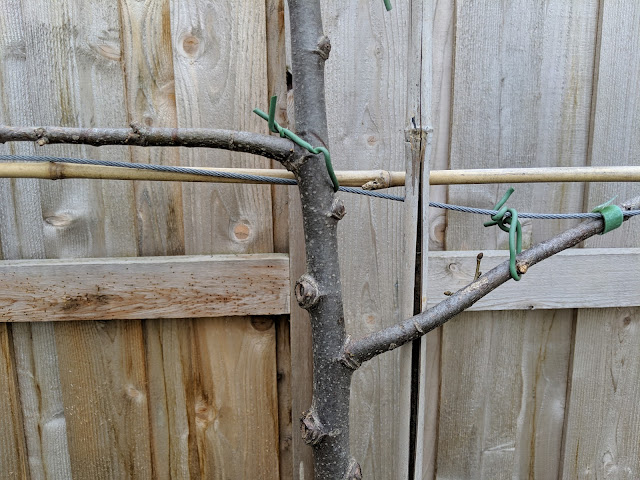Wild Onion Removal From Lawn - An Ongoing Process

We had the 'front half' of our backyard sodded when we built our house, but left the back half of the backyard completely native. All the weeds and grass and what have you growing back there. The bulk of my focus out back has been on the landscaping and mostly left the lawn/turf on autopilot. I had our Automower running back there, so it kept the lawn pretty low and I don't think I really noticed the HUGE amounts of Wild Onions that were growing in the grass. If you read my post from a few days ago , you'll know that I recently put down a pre-emergent grassy weed and crabgrass preventer. That product does NOTHING for Wild Onions. Well...I suppose that I should start at the beginning of this year. As our grass was coming back and starting to green-up, I noticed some pockets of dark green, spikey grass. Or so I thought. As I went outside, I started to realize that this wasn't grass. But something else. I didn't actually really know what this st





